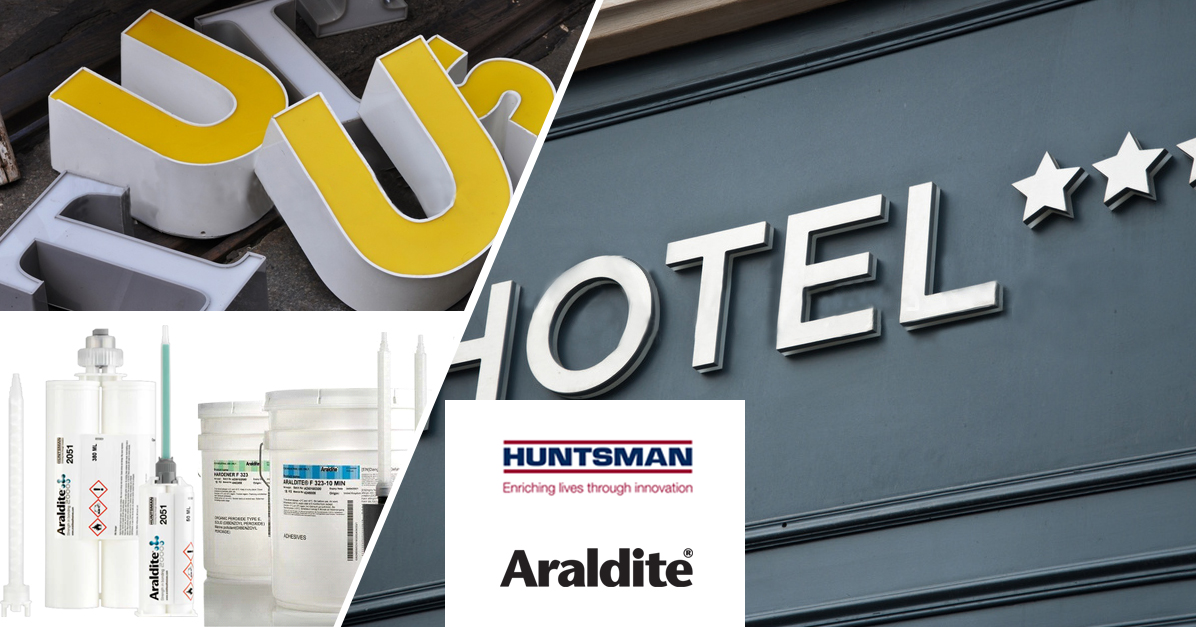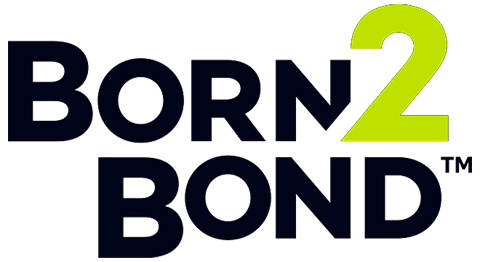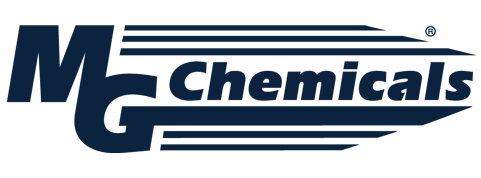Araldite – How to bond plastic on metal ?
Araldite – Bonding of materials – Plastic to metal bonding
Some adhesives are specially formulated for bonding metal on metal ; as well, some adhesives are specially adapted for bonding plastic parts on plastic parts ; but what if you want to join a plastic part to metal piece ?
Some adhesives, initially designed for bonding metal, work on certain plastics (and vice versa). There is many criteria to considers in order to define the best adhesive for your application : type of mechanical stress, surface preparation, environment (temperautre, chemical resistance, UV…)…
Differential thermal expansion
When bonding two different materials, there can be a more stressful constraint on the assembly than tensile, shear, peel or compressive stress.
Each type of metal and plastic expands and contracts with changes in temperature at different rates (this is called thermal expansion). The thickness of adhesive, as well as the size of the parts, can create additional constraints on the joint. When the temperature is expected to strongly and quickly vary, a flexible adhesive is needed to absorb the expansion or contraction of the assembly.

Solutions : What type of adhesives for plastic on metal?
Structural MMA adhesives
There are many possibilities to bond metal on plastic. A standard solution is to use some structural MMA adhesives, as Araldite 2050 and Araldite 2051 from Huntsman.
Cyanoacrylate Adhesive
In some other case, a cyanoacrylate adhesive can be used, surch as Permabond 910 or Permabond 737.
Substrates and surface preparation
The best way to select the right adhesive, you usually need to know the plastic you need to glue on.
Some plastics are difficult to bond, and it may leave you with only one solution. For example, polyolefins (such as polyethylene and polypropylene) are known to be extremely difficult to bond without rigorous surface preparation, unless you use some specific polyolefin adhesive like Permabond TA4610.
One simple rule : the higher the surface energy of plastic, the easier it is to bond. High surface energy polymers usually can be joined with a wide variety of adhesives that also work with metal. The surface energy of plastics can be affected by moisture, pollution (dust, greases, oils…), or even plasticizers that can migrate to the surface.
Metals also needs to be treated before bonding : for example, chemicals, greases or oxidized layers can affect their surface and create adhesion issues. Some alloys need to be prepared (abrasion and degreasing for example) in order to optimize adhesion. To ensure if a surface is properly prepared for bonding, and to increase adhesion and durability of bonding to metals, we recommend the use of Permabond 2K primer.






















